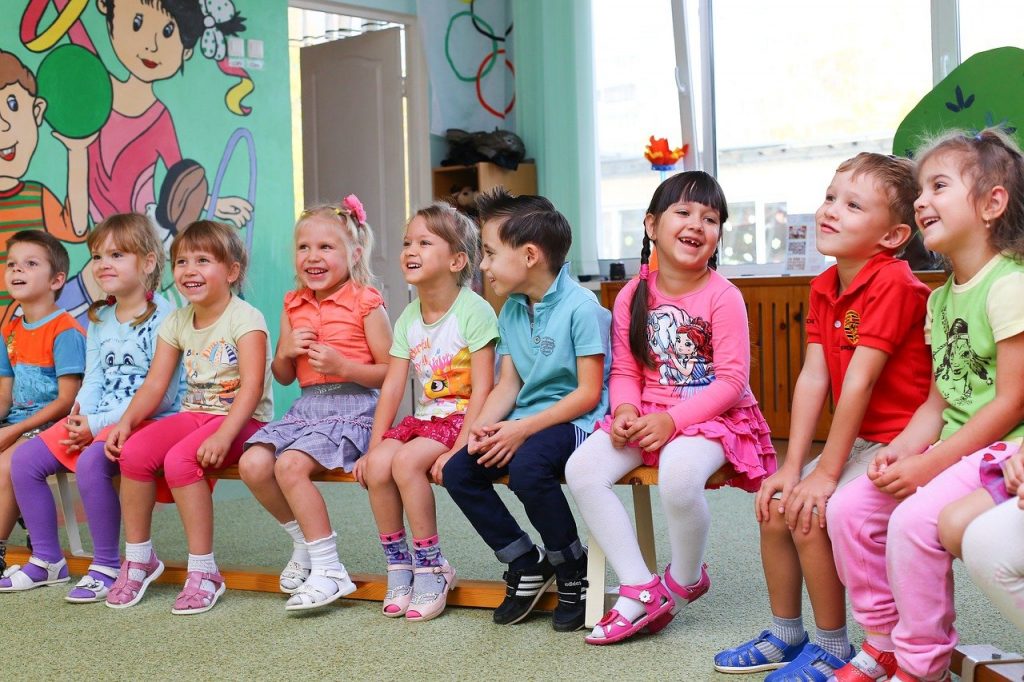Are you looking for ways to stop students from running away from school experiences? If so, keep reading.
1. Converse with the student about ways of handling situations successfully without conflict (e.g., walk away from a situation, change to another learning experience, ask for help, etc.).
2. Assess the appropriateness of the task to ascertain (a) if the task is too easy, (b) if the task is too complicated, or (c) if the duration of time scheduled to finish the task is sufficient.
3. Connect with the parents(e.g., notes home, phone calls, etc.) to disseminate information about the student’s progress. The parents may reinforce the student at home for dealing with problems in appropriate ways at schoo1.
4. Urge the student to use problem-solving skills: (a) find the problem, (b) find goals and objectives, (c) create strategies, (d) create a plan for action, and (e) carry out the plan.
5. Draft an agreement with the student stipulating what behavior is required (e.g., asking for help) and which reinforcement will be implemented when the agreement has been met.
6. Praise the student for dealing with problems in appropriate ways based on the duration of time the student can be successful. As the student shows success, slowly increase the duration of time required for reinforcement.
7. Praise those students in the classroom who deal with problems in appropriate ways.
8. Create classroom rules: • Complete every assignment. • Remain in your seat. • Finish tasks. • Meet task expectations. • Raise your hand. Examine rules often. Praise students for following the rules.
9. Let the student voice their opinion in a situation to avoid becoming angry or upset.
10. Talk with the student to explain(a) what the student is doing wrong (e.g., running away from situations, running out of the room, running away from school, etc.) and (b) what the student should be doing (e.g., asking for help, calling attention to the problem, practicing problem-solving skills, using self-control, etc.).
11. Praise the student for dealing with problems in appropriate ways: (a) give the student a concrete reward (e.g., privileges such as leading the line, handing out learning materials, 10 minutes of free time, etc.) or (b) give the student an informal reward (e.g., praise, handshake, smile, etc.).
12. Notify others (e.g., teachers, aides, lunchroom clerks, etc.) of the student’s tendency to run away to avoid problems.
13. Consider using an adaptive behavior management app. Click here to view a list of apps that we recommend.
14. Click here to learn about six bonus strategies for challenging problem behaviors and mastering classroom management.











